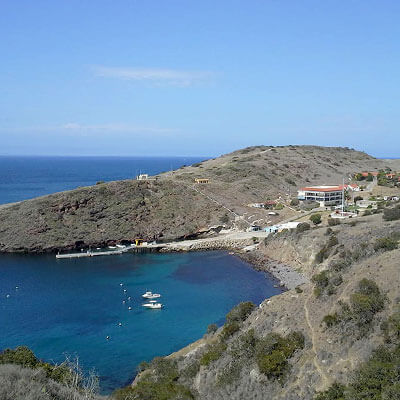Q&A with U.S. Navy Pilot Kyle Weaver
How is geographic information science and technology used in the military?
This is a segment of our multi-part series honoring the active service members and veterans who’ve taken or who teach USC’s Geographic Information Science and Technology graduate programs by allowing them to share some of their most memorable experiences.
For today’s article, we talked with Kyle Weaver, an alumnus of the USC Geospatial Intelligence graduate certificate program and current student in our M.S. in GIST program. Kyle is a pilot for the U.S. Navy and serves as GPS Project Manager, Navy Liaison, for the Air Force’s Space and Missile Systems Center.
To read the other articles in this series, click the following links:
- Q&A with COL[R] Steven Fleming, Ph.D.
- Q&A with former Air National Guard Geospatial Analyst Adrianna Valenti
- Q&A with former Air Force Officer Andrew Marx, Ph.D.
- Q&A with U.S. Marine Corps Police Sergeant Devlin Howieson
Request Brochure
Fill out the information below to learn more about the University of Southern California’s GIS Graduate Programs and download a free brochure. If you have any additional questions, please call 213-325-2474 to speak to an enrollment specialist.
1. How did you get involved with geospatial work in the military?
As a career Naval Aviator in tactical jets, we use geospatial products and produce geospatial plans in almost every aspect of our mission planning process. For example, when planning routes, we have to account for terrain, position of adversaries, weather, population centers, radars, and many other location-based factors.
For targeting, we extensively use remote sensing products like satellite imagery, elevation models, and synthetic aperture radar scans for detailed information about where to deliver ordnance. In addition to the aviation uses, I have completed many projects which are focused on analysis of location-based data and the use of that data for decision making. These areas include: wild fire management, chemical and biological attack parameters, hurricanes, earthquakes, disaster response, ship navigation and planning, weather routing, among many others.
2. Do you use GIS in your current role/position and, if so, how?
My current job is closely related to geographic information science. I am the Navy representative for GPS development. In this role, I’m responsible for a team of engineers who help determine if the technical specifications for GPS signals can be properly interpreted and used in Navy systems in many product lines. Additionally, we ensure that existing civil signals and new civilian signals are properly implemented to allow for worldwide use of GPS with increased accuracy and resilience.
3. Why did you choose the USC GIST Programs for your education? How has your USC GIST education helped you?
While my initial awareness of the GIST master’s program at USC came from a Facebook ad, subsequent research on other programs around the country revealed that USC offered an excellent program which met my needs. So far, my work on the GIST master’s degree has greatly enhanced my ability to think of problems spatially and to use critical thought in applying solutions.
4. What has been one of your favorite GIST projects to work on, either in USC’s GIST program or in your career?
One of my most memorable projects with direct geospatial ties was the development of a contingency response plan for a non-nominal launch azimuth space shuttle launch. While in the planning and operations cell in U.S. Northern Command, I developed a spatial response application using Google Earth to meet the needs of a unique space shuttle launch with a trajectory that overflew areas closer to the U.S. East Coast than any previous missions. This tool would have been the primary tool for any contingencies in the event of an emergency during the launch. It incorporated time-phased information about ports with rescue and salvage ships, medical facilities, air facilities, and other essential information sources. Fortunately, the tool was not needed.
For more information about our support for U.S. service members and veterans, visit our USC Military and Veterans page.
About USC’s GIS Graduate Programs
The University of Southern California offers a comprehensive selection of online and residential GIS programs. This includes both GIS master’s degrees and GIS graduate certificates. Click on the programs below to learn about our leading geographic information science education.
GIS Master’s Degrees
- Master of Science in Geographic Information Science and Technology (GIST) – Online and Residential
- Master’s in Geodesign, Environment and Health – Residential
- Master of Science in Human Security and Geospatial Intelligence – Online and Residential
- Master of Science in Spatial Data Science – Online and Residential
- Master of Science in Spatial Economics and Data Analysis – Online and Residential
- Master of Arts in Global Security Studies – Residential
GIS Graduate Certificates
- Graduate Certificate in Geographic Information Science and Technology (GIST) – Online and Residential
- Graduate Certificate in Geospatial Intelligence – Online and Residential
- Graduate Certificate in Geospatial Leadership – Online and Residential
- Graduate Certificate in Remote Sensing for Earth Observation – Online and Residential


